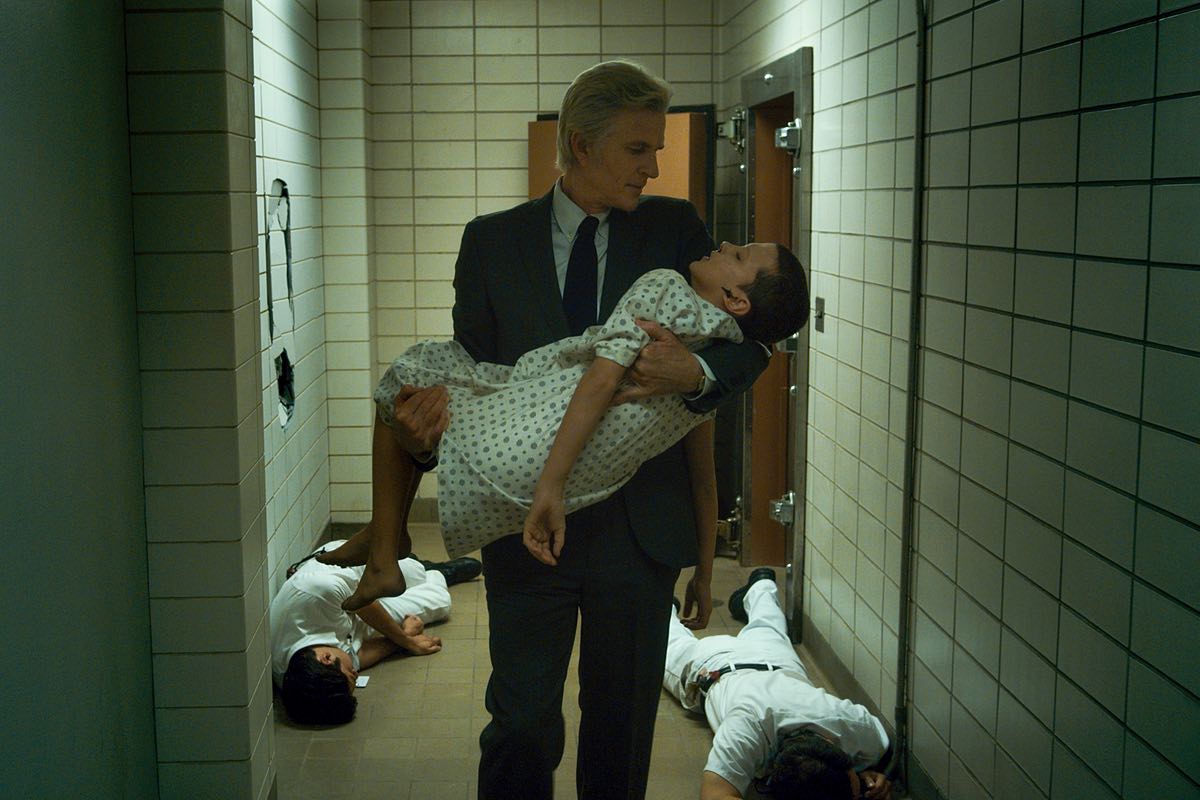With its 1980s pop culture nostalgia, Netflix’s Stranger Things feels comforting and familiar, yet unlike anything else on television. Stranger Things is based on a simple premise: One night after riding his bike home a kid named Will Byers goes missing from Hawkins, Indiana, a small midwestern town. Strongly influenced by Steven Spielberg’s films such as E.T., Stranger Things has as much horror—though not as much gore—as a Stephen King novel.
The fact that Stranger Things takes place against the backdrop of the Cold War is crucial to the show’s portrayal of good and evil. The geo-political climate of the time is presented very subtly. It is hypothesized only once or twice by Hopper, the town Sheriff (David Harbour) and his deputies that the experiments at the government-run lab at the outskirts of town, are done in order to “fight commies.” For the people of Hawkins, especially Will’s working-class single mother Joyce (Winona Ryder), the global intelligence war is irrelevant. Yet, the Cold War setting makes all the difference in the motives of the villains.
After Will’s disappearance, his friends Mike, Dustin, and Lucas meet Eleven, a 12-year-old girl with a shaved head who has escaped from the secretive Hawkins lab. The boys are left stunned and impressed when they realize Eleven can move things with her mind. The catch is that every time Eleven uses her telekinetic powers she gets a nosebleed, and if she uses her powers too much, she becomes exhausted and weak. Dr. Martin Brenner (Matthew Modine), the man Eleven calls “Papa”, is the inarguable antaonist of the show. It is revealed that he has kept the little girl locked up in a lab, forcing her to exercise her powers to the extent of causing her immense physical and emotional distress.
Within the context of the Cold War, Brenner believes he is justified in conducting torturous experiments. on Eleven. Brenner’s goal is to harness Eleven’s psychic powers in order to spy on crucial political actors in the Soviet Union. Brenner views the trials as critical in attaining stability, peace, and scientific advancement. Scientific testing on a child is viewed as necessary for the greater good. Stranger Things subtly confronts us with a horrible truth—war can cause us to lose sight of our human empathy.
Stranger Things functions as a companion piece to another big Emmy contender this year, The Americans. Both shows take place in 1980s suburbia—each exposes the darkness operating beneath the town’s idyllic surface. In the early seasons of The Americans, married Russian illegals Philip and Elizabeth Jennings debate whether they should introduce their 14-year-old daughter, Paige (Holly Taylor) to the brutal acts they commit in the name of espionage. Elizabeth (Keri Russell) in particular views training her daughter as a patriotic, honorable duty. Despite the frequent acts of murder, Elizabeth views her job as a force for peace. Like in Stranger Things, those obsessed with victory, whether Russian or American, do not hesitate to use children as weapons. In both dramas, the Cold War has broken down the moral norms of those committed to the war cause.
The 1980s on television can invoke a sense of nostalgia. It was the time of low taxes, John Hughes movies, a booming economy, and a bright future. It was an era of laissez-faire parenting, where kids were free to ride around on bikes and get into trouble. Both The Americans and Stranger Things capture an unspoken uneasiness lurking beneath the façade of innocence. Both shows take place at the end of the Cold War era—viewers know the long term strategies the characters pursue are futile. The characters’ entire world order, which is what has motivated their life’s work, will come crashing down. This is an America of keeping secrets. From the government right down to the suburban family, trust is almost impossible. If these television programs remind us of anything, it is that things rarely were, or are, what they seem.









Great analysis! Makes me what to see both.